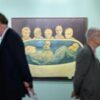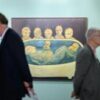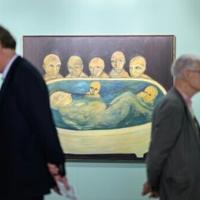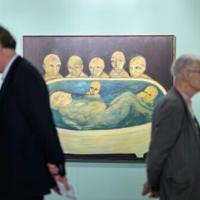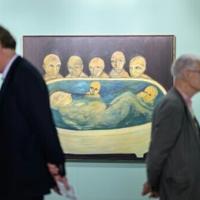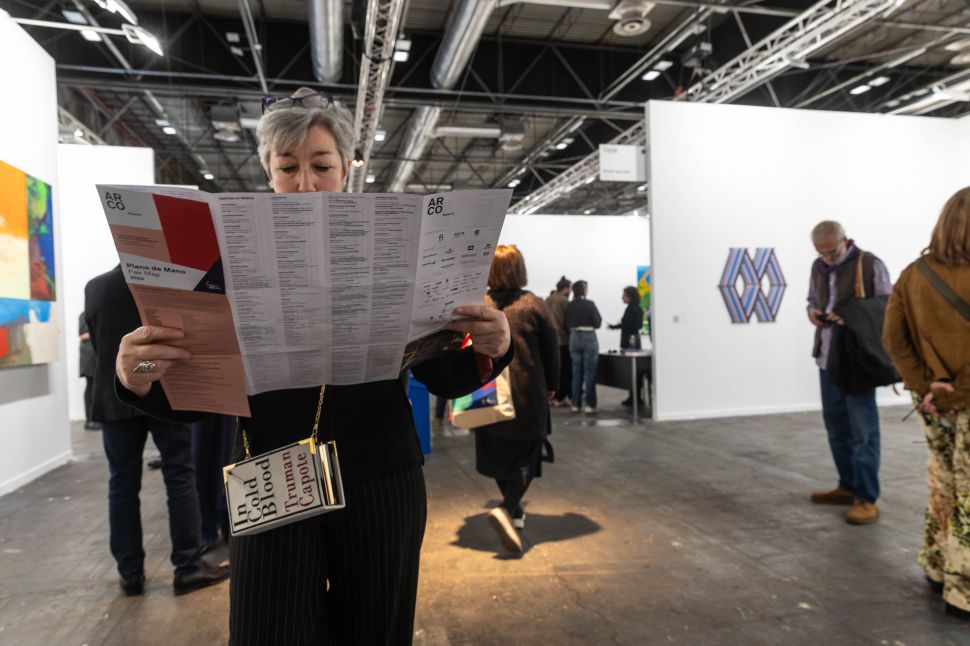
As Spain’s premier art fair for more than forty years, ARCOmadrid has played a pivotal role in shaping the country’s contemporary art scene. Founded in 1982 by pioneering gallerist Juana de Aizpuru, the fair emerged just a few years after the end of the Franco regime, coinciding with Spain’s return to democracy. From the outset, it was a catalyst for free thought and expression, opening the minds of a new generation through contemporary art. “The vision at that moment was that contemporary art was one of the better ways to introduce new ideas,” director Maribel López told Observer. She has been involved with the fair for many years—initially as marketing director and program curator before she took the helm in February 2021.
This year’s edition comes after a year of extraordinary economic recovery for Spain, with GDP growth in 2024 exceeding all expectations and outperforming many other nations. Named by the Economist as the best-performing economy in the world, Spain has seen a growth rate of over 3 percent, its lowest unemployment rate in years, rising consumer spending and record-breaking numbers in its crucial tourism sector.
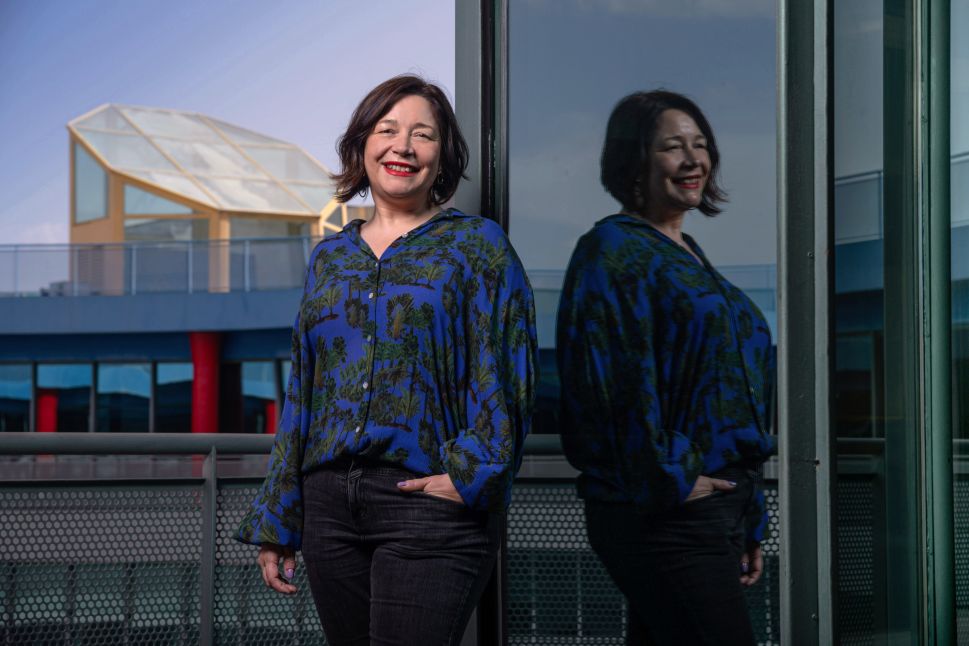
ARCOmadrid positions itself as a platform that connects Spain with the rest of Europe and all of South America. Since its early editions, one of the fair’s main objectives has been to promote Spanish art and attract international audiences. At the time, Spain’s contemporary art scene was extremely limited, particularly in terms of the number of local collectors engaging with it. One of the fair’s key initiatives has been to bring in collectors from abroad with an International Collectors Program that remains a cornerstone of ARCO and is widely appreciated and popular among collectors. Each year, the fair invites around 350 international collectors to participate in a robust program of dedicated visits to studios, galleries, museums, convivial gatherings and exclusive events. “The idea and vision remain the same—bringing Spanish artists to the international market and international art to the Spanish market,” said López.
But while ARCOmadrid fosters global exchange, she says the fair is not looking to become a generic international event. Instead, it remains committed to a clearly defined identity, carefully curating the roster of participating galleries—179 this year—to ensure a strong core of Spanish exhibitors while positioning them alongside their peers from Latin America and Portugal, where the fair hosts ARCOLisboa in late May. “One of the focuses is presenting the Spanish art scene and the Portuguese art scene in-depth and at the same level of importance. So, the fair’s core of the Iberian Peninsula is present. At the same time, we want to open dialogues with Europe and Latin America,” López explained. Beyond what’s happening in Madrid and Barcelona, ARCO is also intent on highlighting Spain’s diverse regional art scenes. “Valencia has an exciting scene; we have galleries coming from Seville and Santiago de Compostela. There, and wherever there is a gallery, there are artists around, there is contemporary thinking, and that’s something we want to protect and help to promote.”
The fair’s main section, General Programme, will bring leading Spanish galleries, including Alarcón Criado, ATM, Elba Benítez, Elvira González, CarrerasMugica, Luis Adelantado Valencia, Nordés, NoguerasBlanchard, ProjecteSD, Sabrina Amrani and T20. They will be joined by international galleries that have recently expanded into Spain, such as Carlier | Gebauer and Mai 36, demonstrating the growing market interest in Spain’s market potential. Other international exhibitors include newcomers Massimo Minini and Francesca Minini, alongside longstanding participants such as Thaddaeus Ropac, Jocelyn Wolff, Chantal Crousel, Ruth Benzacar, Peter Kilchmann, Lelong, Meyer Riegger, Perrotin, neugerriemschneider, Esther Schipper, Thomas Schulte, Plan B, Capitain Petzel and Max Hetzler.
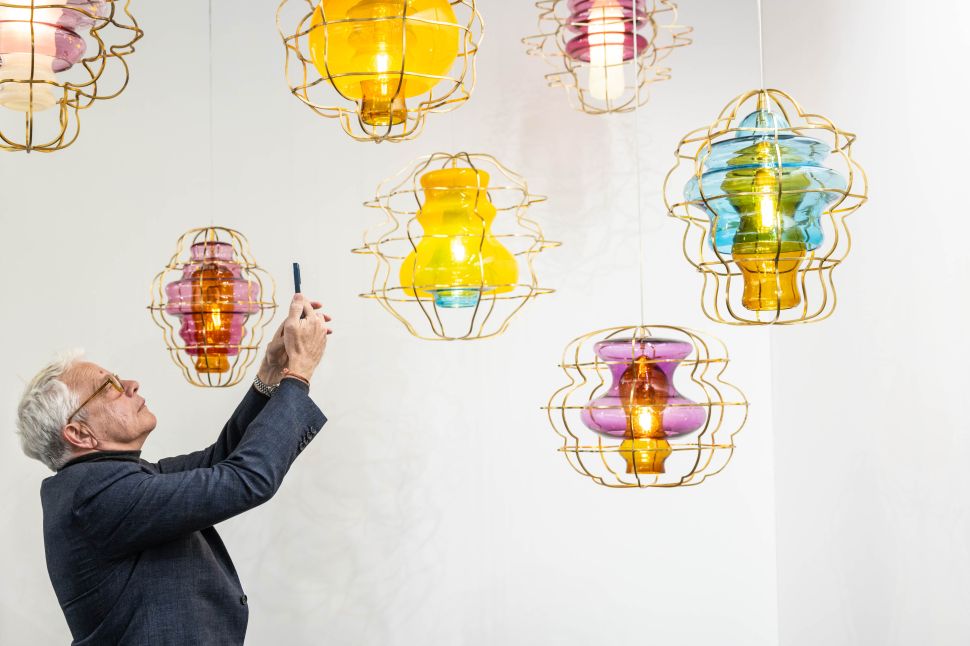



According to López, while the Spanish gallery scene is relatively young—having emerged alongside the country’s democratic era—it has grown consistently and solidly, especially in recent years, with new spaces opening at an increasing pace. Dedicated to emerging talent and new discoveries and curated by Cristina Anglada and Anissa Touati, the section Opening. New Galleries highlights these developments. This year’s exhibitors include returning participants such as Artbeat, Blue Velvet, Fermay, Eins Gallery and Remota, alongside new additions like Athens-based Callirrhoë, El Chico from Madrid, the namesake Paris-based gallery founded by Brigitte Mulholland—formerly senior director at Anton Kern—and Reservoir, an experimental space in Cape Town. “They are all galleries under seven years old,” López said. “They can present younger artists or not. Most of them do because they work with that generation.”
South America continues to have an increasingly strong presence at ARCOmadrid, with galleries such as Luciana Brito, Mendes Wood DM and Fortes d’Aloia & Gabriel participating this year, along with new entry Kurimanzutto, as the fair seeks to reinforce its role as a bridge for dialogue across Spanish-speaking countries. According to López, Spain—and Madrid in particular—has seen an influx of people from Latin America, and many collectors from the region have long had ARCOmadrid as a fixture on their calendars. The curated section Profiles | Latin American Art, overseen by José Esparza Chong Cuy, presents ten high-caliber solo exhibitions featuring artists from the region. Highlights for 2025 include Bárbara Sánchez Kane with Kurimanzutto, Dan Lie with Barbara Wien, Chaveli Sifre with Embajada, Mariela Scafati with Isla Flotante and Jota Mombaça with Martins&Montero, as well as Ofelia Rodríguez with Instituto de Visión and Rember Yahuarcani with Crisis.
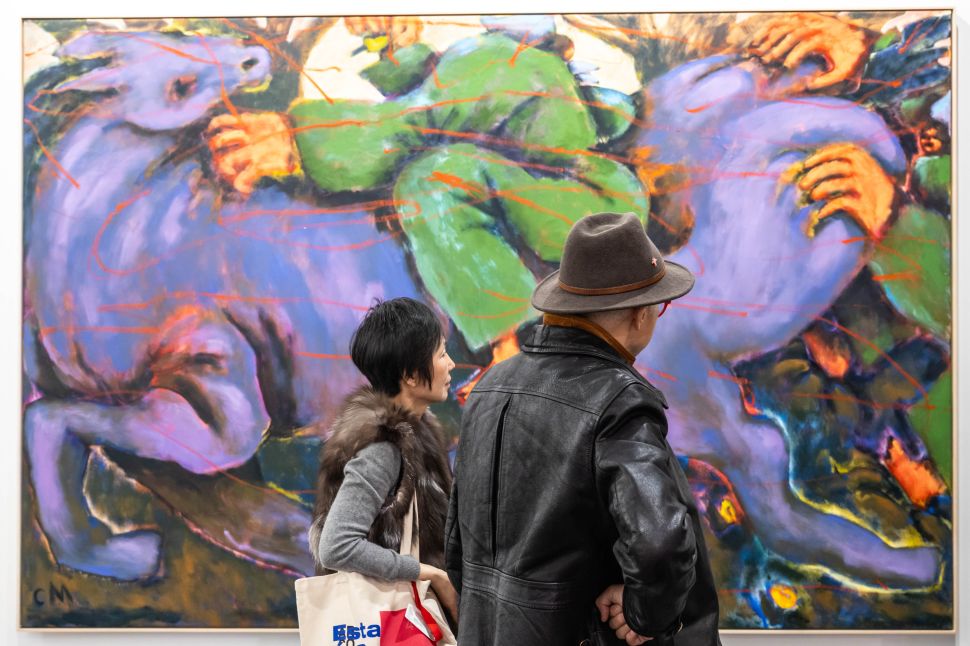



Even more compelling than the fair itself is the dynamic space of exchange and conversation it fosters, extending beyond the traditional booth format into an annual curated section that acts as a conceptual framework for the entire event. Unlike the usual booths, this initiative transforms into a singular, thematically-driven exhibition. López explained that the project originated from a desire to connect countries—particularly the regions the fair prioritizes—through ideas rather than borders, conceiving art as something that transcends national frontiers. “I thought water was a good metaphor for that,” she says. “So, in 2023, we did a project around the Mediterranean Sea curated by Marina Fokidis.”
This year’s edition shifts its focus to the Amazon, using the river as a symbolic thread weaving together connection, tension and cultural exchange. “Wametisé: Ideas for an Amazofuturism” is curated by Denilson Baniwa and Maria Wills in collaboration with the Institute for Postnatural Studies, which will translate the curatorial vision into architecture, panels and related activities. Featuring a group of twenty-four artists from invited galleries, the exhibition within the fair will explore new modes of creation that reflect hybrid existences—interweaving human, vegetal, physical and metaphysical bodies. All participating galleries are represented both in the curated exhibition and within the main fair, allowing them to contextualize their artists’ practices within a broader thematic discourse while simultaneously presenting more ambitious, experimental works. For López, curatorial rigor in gallery presentations is a defining feature of ARCOmadrid. “My dream is that galleries feel so secure coming to the fair that they work in the same way they do in their own spaces—taking risks and treating their booths as they would an exhibition.”
SEE ALSO: Gabriel Orozco Looks for Ontological Meaning in Entropic Randomness
This curatorial framework additionally facilitates a crucial transcultural conversation on contemporary issues, moving beyond postcolonial discourse to create a meaningful platform for shared narratives. It offers a space where Spanish-speaking countries can engage in dialogue and confrontation of history, providing an opportunity to transcend the complex legacy of Spain’s colonial past in favor of collaboration.
Notably, some of the performances tied to this curatorial theme will be presented in local institutions, developed in collaboration with Madrid’s cultural landscape. ARCOmadrid maintains deep ties to the city’s artistic institutions, which will activate during the fair with a series of significant exhibitions and events. Among the most anticipated is a rare solo presentation of Sigmar Polke at Museo del Prado, while the Reina Sofía will host a group exhibition dedicated to contemporary Spanish artists. The show will highlight pioneering figures such as Soledad Sevilla, known for her rigorous abstractions, alongside newer voices like multimedia and performance artist Laia Estruch. Estruch’s exhibition, opening during the fair, will take shape as an immersive large-scale installation integrating sculpture, graphic works, sound and moving images.
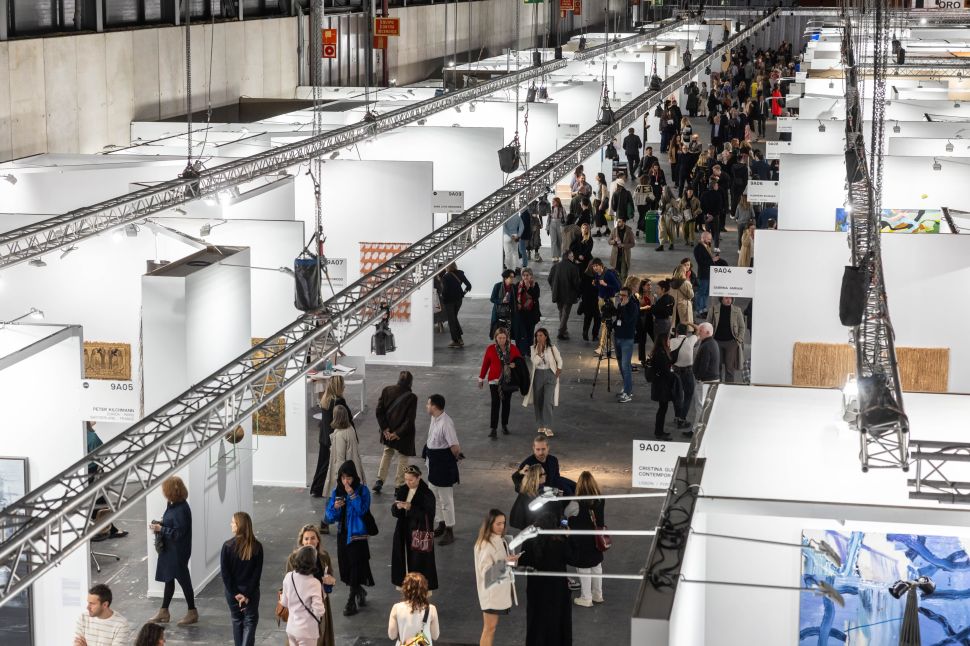



López remains highly optimistic about the current momentum and potential for further growth in the Spanish art scene. “It’s a very good moment in terms of galleries and in terms of artists producing, and we want to protect that. It continues to grow, with people who worked at galleries opening their own spaces, as well as galleries from abroad opening new locations here.” Spanish artists are also increasingly gaining international recognition; at the last Venice Biennale, two young Spanish artists, June Crespo and Teresa Solar, were included—an indicator of the rising prominence of artists from Spain on the global stage.
She is particularly excited about a new wave of artists, especially women, who are rethinking sculptural practices and reclaiming traditional knowledge and techniques. “In recent years, I feel there’s a fascinating group of women working with objects, rethinking sculpture and reviving traditional techniques like textiles, glass and other crafts,” she observed. “They bring these techniques into the present as a way to reflect on the past—how previous generations made things—as a way to explore if we can do things better for the future.”
Given Spain’s economic upswing, López is confident about the potential for expanding the local collector base. She notes a noticeable rise in interest, particularly among younger generations eager to visit and engage with the art world. “We’re already seeing that more young people want to come, and their parents ask me for invitations for their kids working here. But it goes in all directions; some come from families with major collections, and their siblings have no interest in art, while others are starting to collect on their own, step by step. And after all, that’s one of the main goals for both galleries and fairs—to encourage new people to collect.”
ARCOmadrid will be held March 5-9 at IFEMA Madrid.
This post was originally published on this site be sure to check out more of their content

